There are tomes of advice on how to take better photos. I’ve written some photography tips myself over time, and while I will continue to share those and do think they are helpful, for truly improving your photography, you need to know how to think about photography beyond simple recipes. To think on this subject and make your own creative decisions with your camera in hand, you first need to know the basics of what makes a good photo better than the rest. So let’s try to recognise the elements that make good photographs tick.
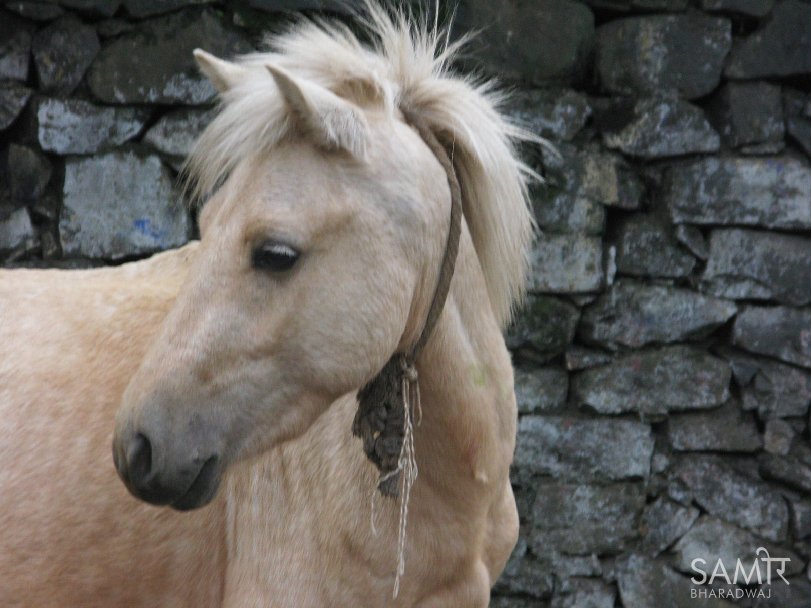
The simple formulas for taking more interesting pictures stop you from making the basic errors that ruin thoughtless snapshots, but that’s technique and mechanics, for the most part. Good photos are not only good because of how you take them, but more so because of what they show and how they look. We mostly judge good photos on pure aesthetics and content. The one big gap in our understanding, to take us from boring images to ones that hold people’s attention, is an ignorance of what features a good photograph has.
A good photograph has one, and usually more than one, of these things:
- Personality
- Strong composition
- An intangible spark
Personality
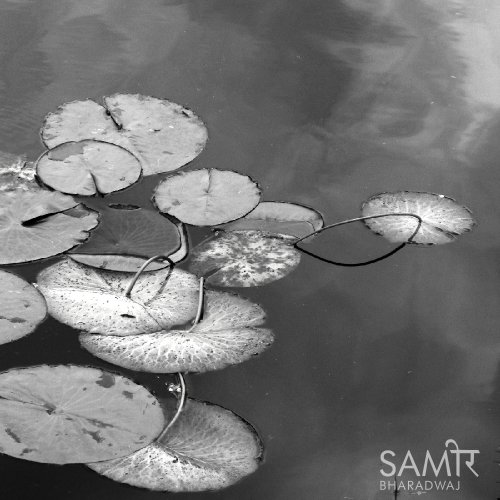
What makes your photos different from anyone else’s? Answering that question, and making sure there is a positive answer, helps immensely in making pictures better.
See beyond what we all notice
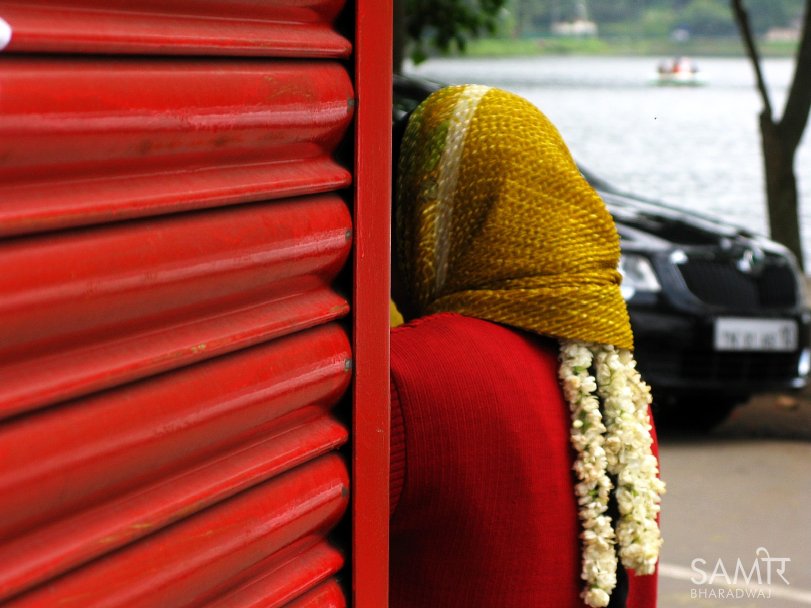
A good photograph is a bright yellow highlighter mark over an unnoticed gem of prose in the encyclopaedia of existence. A good photographer, like a good writer, is above all else a good observer, seeing and noticing things in the mundane that most others don’t see, and then calling attention to them with their work.
We see a lot on a daily basis and the world is a chaos of images. A large chunk of our brain is designed to process what we see, but it still selects a small part of what passes before our eyes to notice or remember. A good photograph reminds us of something we missed, something we failed to pay attention to, a strange juxtaposition, or a fortuitous placement of things in the world that make more, or less, sense together.
To take better pictures, don’t just keep your eyes open but your mind working, noticing, reading even when there are no words to be read, and try to scribble a special note in the margins when you click that shutter.
The photographer shows through
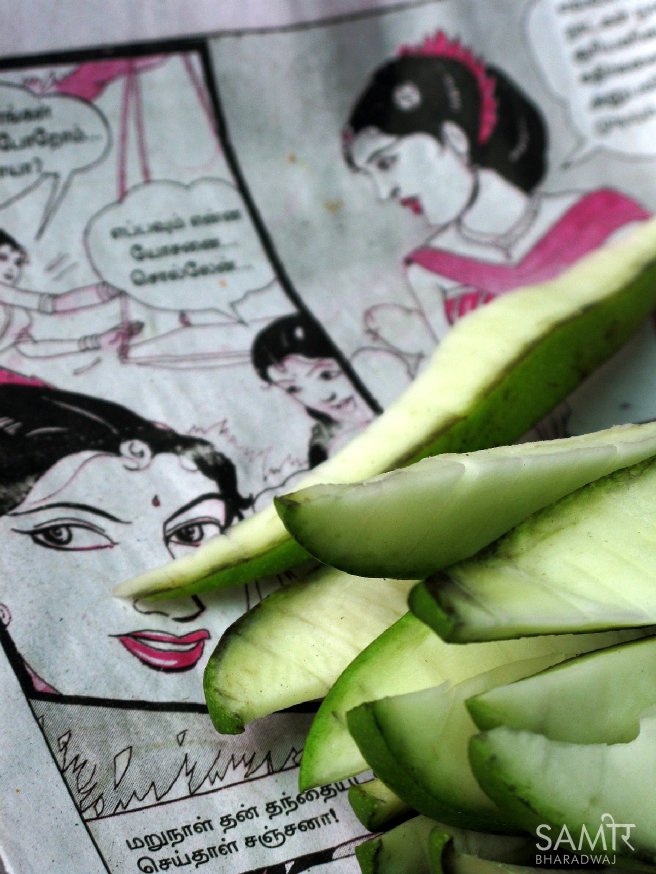
What you observe and capture in your photographs not only reflects the world and all it offers, but also in turn reflects you. We notice the things that matter to us, the things which we find intriguing. We observe things other people don’t because we are different people, in whatever minuscule details, but all those small differences add up to make you, and a good photograph often shows that.
A large portion of the personality of a photo, its projected human qualities, is the photographer’s personality. While it’s true that the viewer perceives with their own personal biases, a good photograph will still be heard in the photographer’s voice. Making sure your voice is clear and interesting is up to you.
Every photograph is a stored perception, there is nothing completely objective about it. Embrace that character of the process, and the subjectivity of expressing yourself. Let your photographs be a reflection of how you see the world, what you see in it, and hence of you. It will be what makes your photographs yours and what will help them be better.
Strong composition
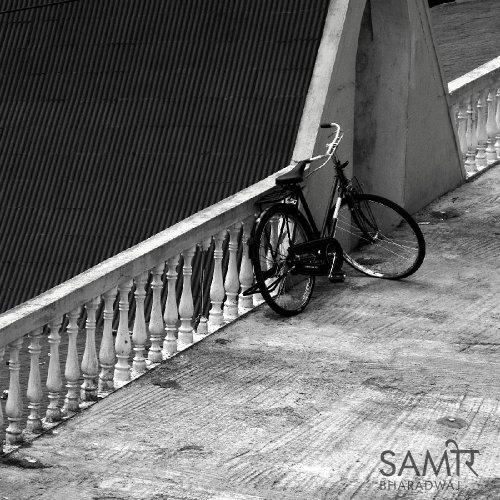
Does it look like you know what you’re seeing, what about it looks visually arresting, and what you’re showing us? A photograph is your aesthetic view of the world, and if your view needs to be something worthwhile for others to see, you need to see better, and more, and push what you see to its maximum effect.
A point of view
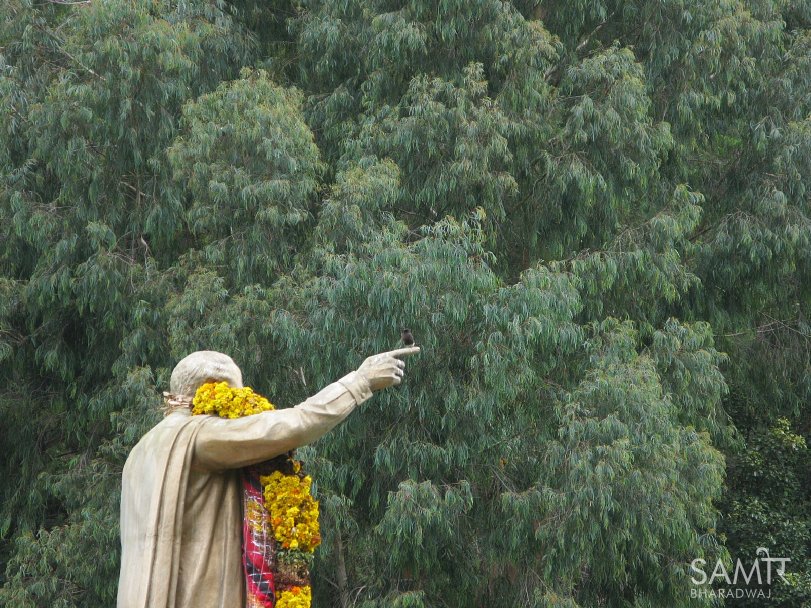
Your personal point of view we’ve discussed as a welcome element in good photographs. Related to it, but sometimes only marginally, is choosing a physical point of view for the pictures you take. The obvious way of looking at something is often so obvious as to not register in our eyes and brains. We look at hundreds of pictures of people leaning towards each other on Facebook, straight-on shots of dogs and cats, crowded images of famous places, and we notice very few of them, because none of them show a new angle on things.
Uniformity breeds boredom and disinterest, none of which have any place in a good photograph. A good photo can call attention to the mundane, by seeing it a new light, a new angle, by looking at it from a new perspective. Thankfully what I just said is not merely metaphorical but also literal. Find a new angle, a new vantage point, a new position to see common scenes and objects from. The novelty and the effort will make your picture better.
New perspectives will change the way people look at things, which in turn will make your photo more revealing, engaging and just plain interesting to look at. Find a direction to present something common which gives it new meaning and puts it in a new context. Good pictures often challenge the way things are commonly seen.
Awareness of shape
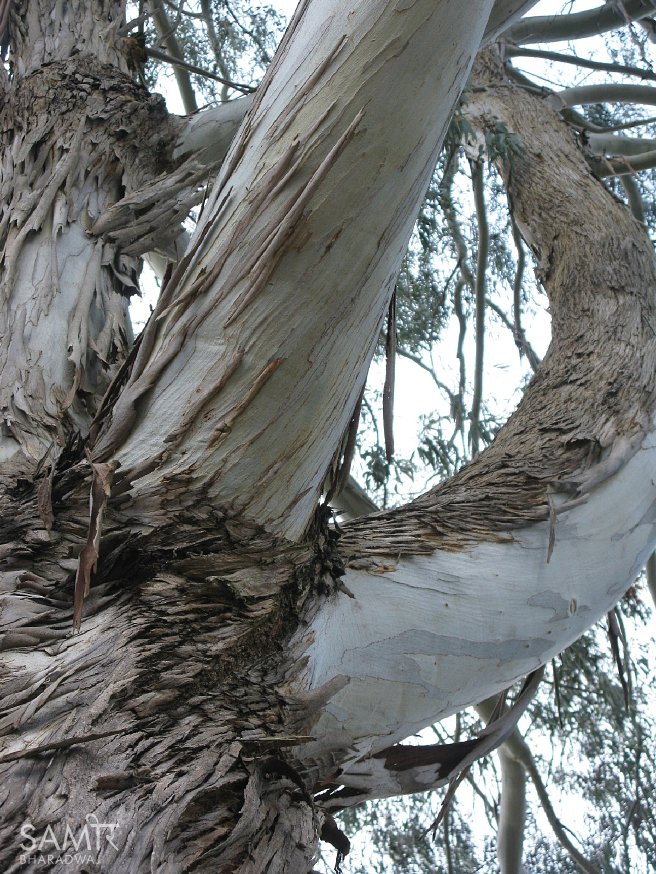
Shapes are everywhere and the good photographer is aware of them and uses them to their strengths. The challenge with perceiving the world in shapes is that our human mind is trained and designed to identify objects, and these objects then take on iconic, archetypal shapes in our minds. The icons are a great form of communicating facts but a horrible way of expressing aesthetics.
To perceive shapes free of what they form is a mental trick all visual artists need to train themselves in, and your photos can be infinitely better if you master this technique. Really see things for how they look, see what shapes they form, what shapes their silhouettes form, what shapes the light forms as it falls on them, what shapes are formed by the negative spaces, the empty spaces between and around what you want to show. All these intertwined shapes contribute to your photo, and if they are pleasing your photo will look mysteriously good.
That mystery is important. Because we all experience beauty but few of us dig deeper and see its component parts. By paying attention to shapes in your pictures and selecting the pleasing ones to feature, you are presenting a mysterious beauty, inexplicable but perceivable. And that magic trick never gets old.
Awareness of colour
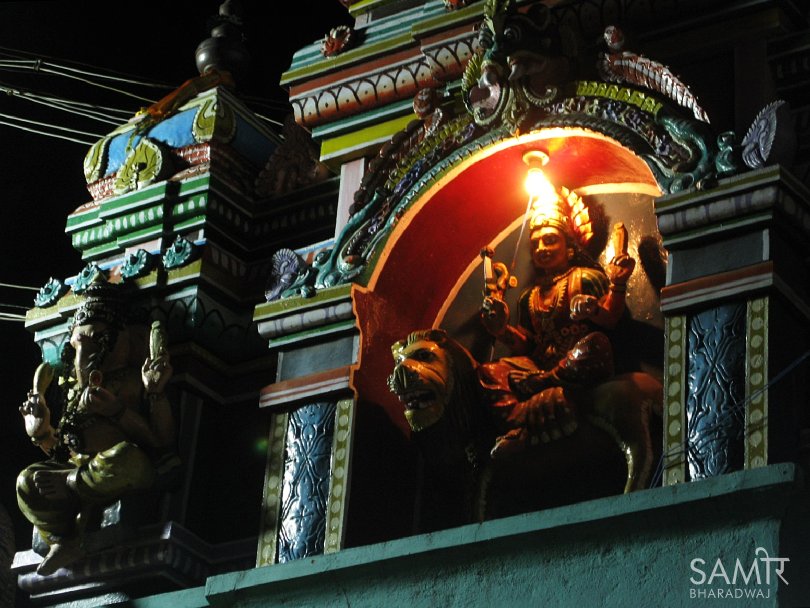
Colours are deeply rooted in our psyche and our cultures. We assign each different meanings and significances, levels of friendliness and levels of visibility. Some colours stand out and some blend in, all of which are marvellous tools to have in image making and photography.
The good photograph uses colour to create mood, to direct focus, and often just to dazzle. A good photograph shows an awareness not just of the natural colours of objects and things but also of the changes in those colours under different circumstances, lighting, time of the day, weather. All these factors change our perception of the colour of things and a photograph is made better by using that awareness.
Pay attention not only to the colours of things but also to which ones stand out. Notice how colours change with context and when placed next to other colours that support or contrast them, and use this awareness to make you photos more striking, more communicative and just better.
Awareness of light

Photography captures the effects of light and so an appreciation of light and how it affects the world around you is not only recommended but essential. The quality and colour of the light changes the colour of the objects it falls on, as mentioned above, but it changes a lot more than that. Light can change the texture of things, the perceived scale of things and most dramatically simply what we can and can’t see in an image.
There are no absolutes in good and bad light, but every kind of light lends an image a certain character that may or may not enhance it. A good photo is made better by an appropriate use of light and shadow.
There are trick recipes to light that help get you started and running quickly, like the golden hour, which is using the hour around sunset and sunrise for wonderful naturally lit images, but every kind of light has its strengths and weaknesses. Sunlight at noon can often produce terrible over-lit pictures but sometimes the harsh lighting leads to a better photo. Being aware of light and its strengths helps you make better decisions and take better photos.
Awareness of rhythm

Rhythm might seem like a strange thing to look for in the visual world, but visual rhythm is one of those important features born of many constituent parts, which can make or break an image. Rhythm in sound and music is a repetition of beats at varying intervals, and visual rhythm is much the same, a visual repetition, formed by shapes, colours, light and all the other more tangible elements that make up your photograph.
As with light, there is no strict right or wrong with rhythm, but it has more to do with whether the visual rhythm has pleasing or jarring effects on the eyes and if that effect is appropriate to the image. A pleasing regular rhythm can lead you around an image smoothly, and a broken rhythm can add a jarring attention-seeking quality to an image which can make it uncomfortable or make you focus on the discordant pieces. As in music, rhythms are infinitely varied and have very different effects on the perceptions of the viewer.
Seek out repeating elements and features in your images, be aware of them and make sure they are helping to make the image rather than mar it. Groves of trees, fences, lamp posts, ripples in water, undulating shapes in the sand, human figures, all sorts of objects and phenomenon create obvious visual rhythm. They can also be less tangible and formed by mere light shapes, colours or patterns. The important thing is that our eyes naturally follow along with rhythmic elements and letting them flow pleasingly makes photos better and more engaging.
Awareness of space
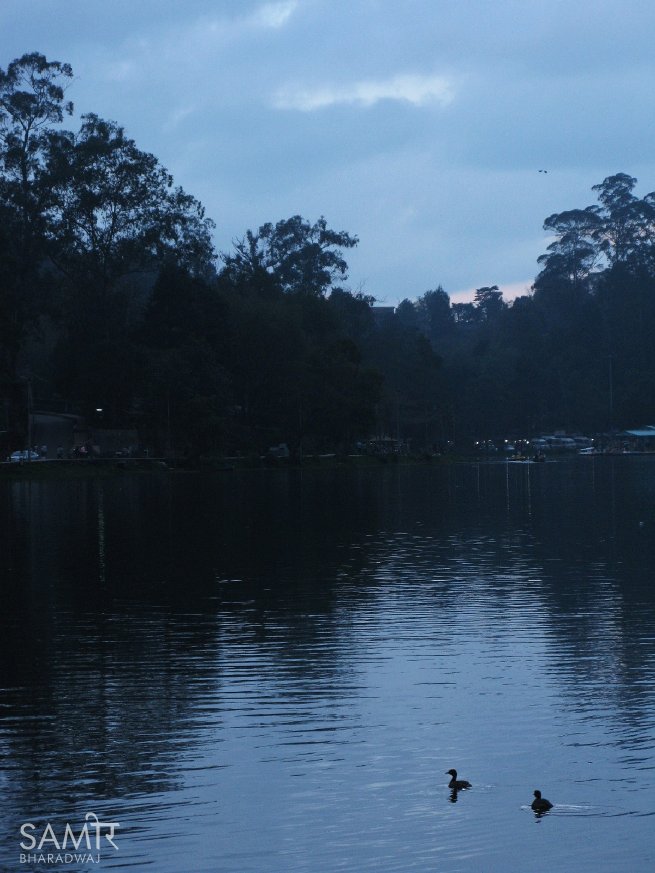
Like a lot of two-dimensional art, much of photography ends up being about representing the third dimension on a flat surface. The world we photograph can be small and vast and diverse, but space is always an important part of it. Representing that space to the best effect is one of the photographer’s basic challenges.
Traditional artists have used various techniques to represent space in drawings and paintings for millennia and all those work just as well in photography. The perspective effects of the lines of buildings converging towards the horizon, the atmospheric effects of distant objects being less clear, and the placing of figures or objects of a familiar scale into unfamiliar settings to highlight the space shown, all work very well in photographs, and good photos use them well.
Like rhythm, space is more of an emergent visual characteristic, building on various component elements to exist and express itself. Rhythm itself is a component of how space often appears clearer to us, whether it is by the repeating textures or changes in scale of repeated elements, rhythms and all the more tangible visual bits create a sense of space by working together on the picture plane. A good photograph makes that space expand and come alive in our minds.
Leading the eye on a journey
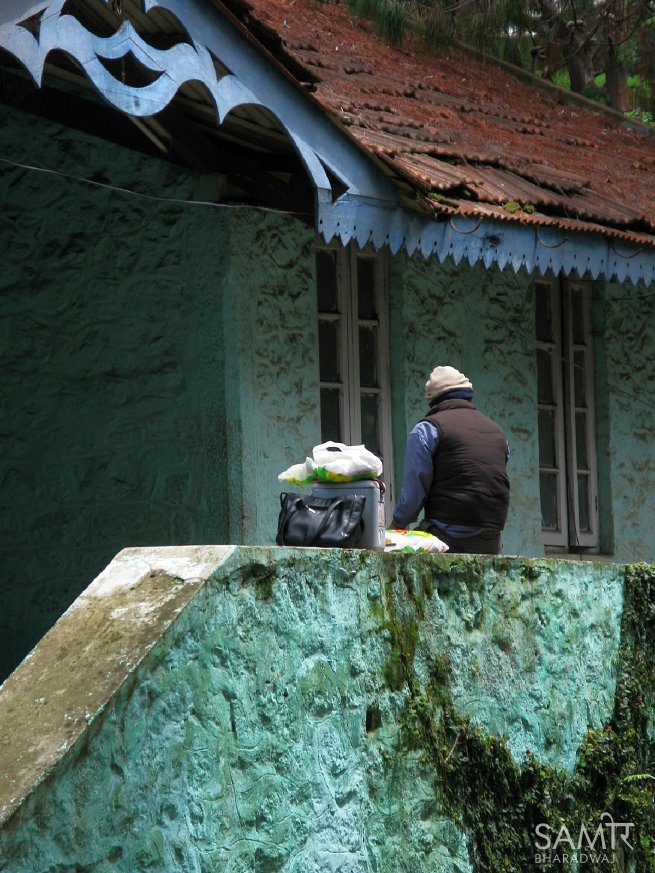
Seeing is a more active process than we realise. Looking at an image is more akin to reading a page of text than it is similar to clicking a photograph of a scene. Our eyes look at elements on the page, moving along them and between then to form the complete picture and what it represents. So a lot of what makes a picture look good to us is not to do with the whole thing but how pieces of it lead our eye around the picture.
I mentioned that rhythm is one phenomenon which our eyes tend to follow, but all the mentioned visual elements here can provide our eyes with visual information and pieces which it reads and flows along in an image. Our eyes are attracted by contrast, brightly lit things, vibrant colours, complex shapes, especially when placed in the context of elements which are less attention grabbing. We look at these visually louder components and follow them around the picture. If all these striking elements provide a smooth path for the eyes to wander along and stay within the image, seeing more with every pass, the image becomes engaging.
While “reading” an image, most of us start at the top left of the picture and continue in a generally downward direction and towards the right, as we would with most of the languages we read. A common way to lead the eyes around the image is to have something in the top right corner which sets you off in the right direction, and then lines, shapes and forms continue you along, keeping you moving and absorbing and enjoying all you see. A good photo is a pleasant journey for the eyes.
Something to look at
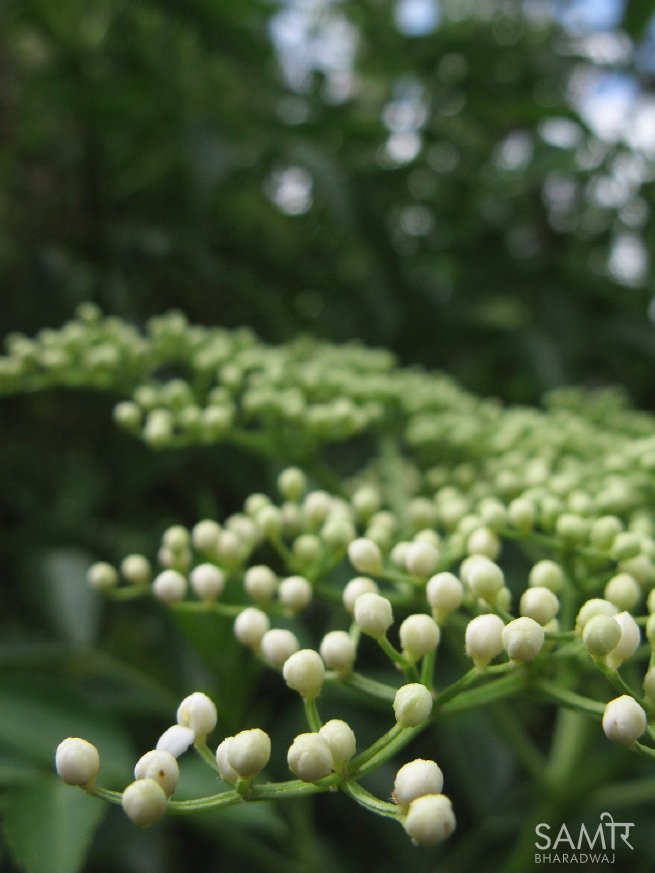
Last but not least, when it comes to the more formal, compositional, tangible parts of what makes a photograph better than the rest, it helps if it has something to look at. This might seem like a silly, obvious thing to state, but you’ll be surprised how often it is not true of photographs.
As the eye travels across and around an image, it needs things to focus on, to absorb. A good photograph must have something to look at. It need not be just one thing, but it cannot be nothing. Choose and show me a focal point, or several. Show me something.
All the compositional elements discussed here will help you lead the viewer to the thing you want them to see, to notice, to pay attention to. Let the angles and shapes, colours and light, rhythms and sense of space lead the eyes around so that they focus on the thing or things you want them to see, and your photographs will be infinitely better for it.
An intangible spark

Do your images make the viewer feel that certain something? There is no exact science to this X-factor, je ne sais quoi, as the French like to say. But that intangible something special you capture for all to see makes your photos better.
Visual Surprise
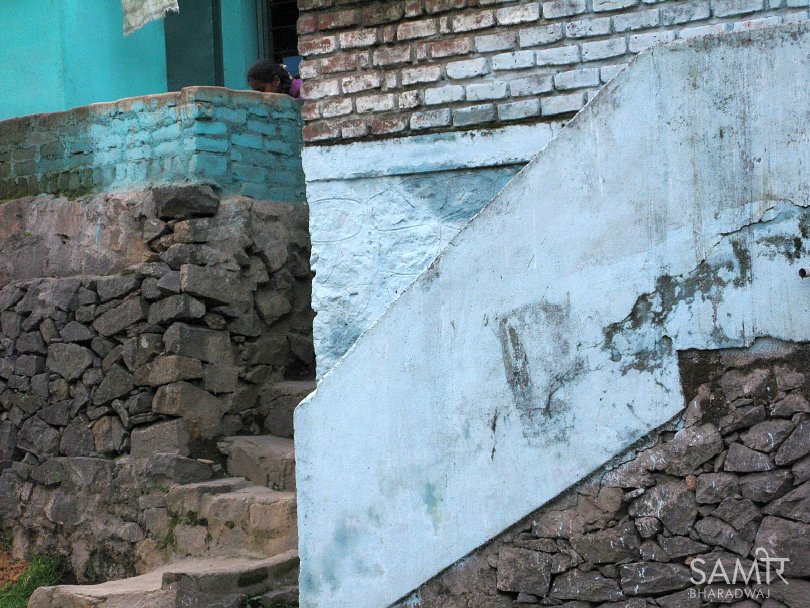
A visual surprise is one way to add that little extra to your image. As your eyes travel across the parts of a photograph, and you use the compositional elements to keep it occupied and interested, it helps to surprise it with things it didn’t expect to see, or pieces not noticed at first. A visual surprise is a great reward to the viewer for paying attention.
Part of the trick in creating visual surprise comes from noticing things others don’t and presenting them in a composition that prompts the viewer to discover it themselves. This sort of visual treasure hunt makes the photograph a more human experience, almost more conversational and memorable. Even if such aspects are not the focus of an image a bit of surprise in the picture makes mediocre photos better and good pictures excellent.
Amusement
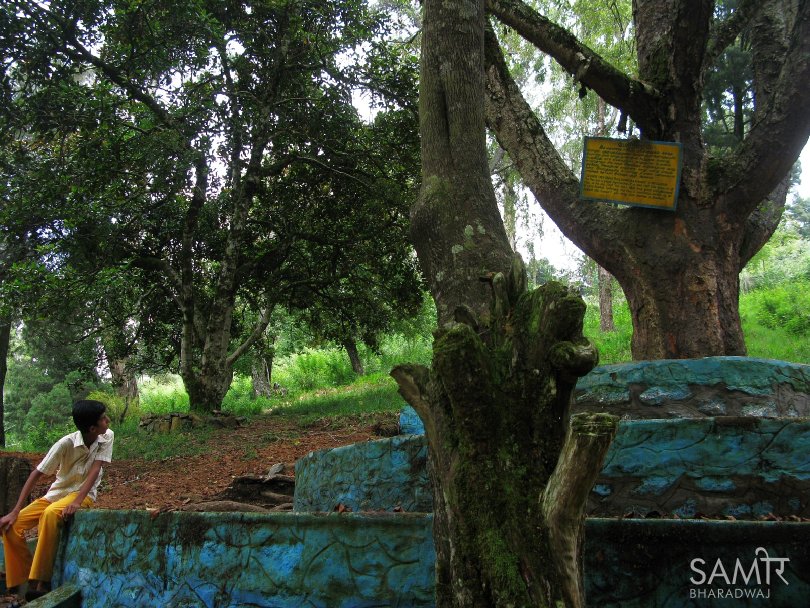
Never discount the value of entertainment and amusement. While we can all talk at length in serious voices about the deep human need for artistic nuance, we’ll always choose the entertaining over the merely documentary, and we will always appreciate something that amuses us more than something that leaves us blank.
This holds true for any feeling or emotional response. It is better for your photograph to have one, however vague, rather than have no emotional or human charge at all. Amusement, I feel, is often the longest lasting and most cherished of these responses, and unlike what most people think, amusement doesn’t always mean humour.
Pay attention to the human element, whether or not actual human beings appear in the photo, and you have a good chance to hit upon an amusing aspect of your photograph. Amusing photos can be better photos. Insert an amusing aspect into your images, and even those who are blind to the formal strengths of your pictures will admit that they are not only good but have that certain something that gives them an edge.

There are dozens of aspects to photography and what goes into good images which we can analyse, but I think we’ve covered a majority of what can make your photos stronger and good. A good photo will have some or many of these elements, rarely all of them, but thinking about these will train you to see these patterns and eventually grow an unconscious appreciation of how you can use them to boost your photography to higher levels.
Try inserting these considerations into your photographs, individually at first, as practice, and once you absorb the way each works you will find yourself naturally combining them into a cohesive method of thinking of photographs which is all your own. The important lesson is to think about it, and with practice you can stop thinking about it consciously for the most part. Your photos will be better by habit and that little bit of extra attention.
Samir
NOTE: All the photographs in this article were taken with a Canon PowerShot G9 compact camera, over a span of 3 days in Kodaikanal in South India.
Liked this article? Please share it: ![]()
![]()
![]()
![]()
![]()
![]()



Great post Samir! Wow! A keeper of course! a practical manual For everyday picture taking.
Thanks for talking time and patience to elaborate It.The rest is all pasión For what you do 🙂
Thank you. I should be writing more of these. 🙂
Dear Samir,
Excellent post & good tips for those who are interested in developing skills in photography…
Thank you. Glad you found it useful and thanks for your kind words. Hope you drop by more often.
Awesome post with beautiful snaps. Loved the post…Keep posting with lots more.